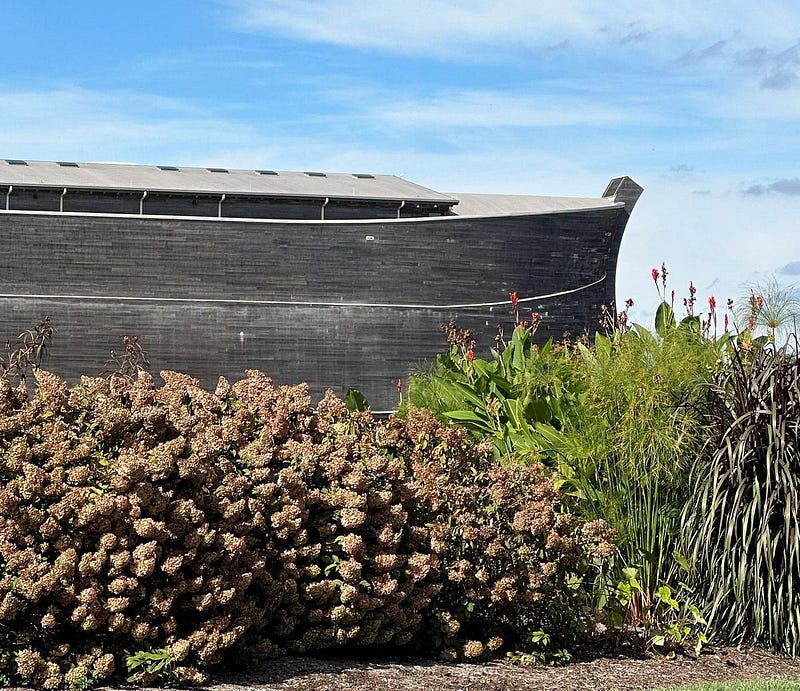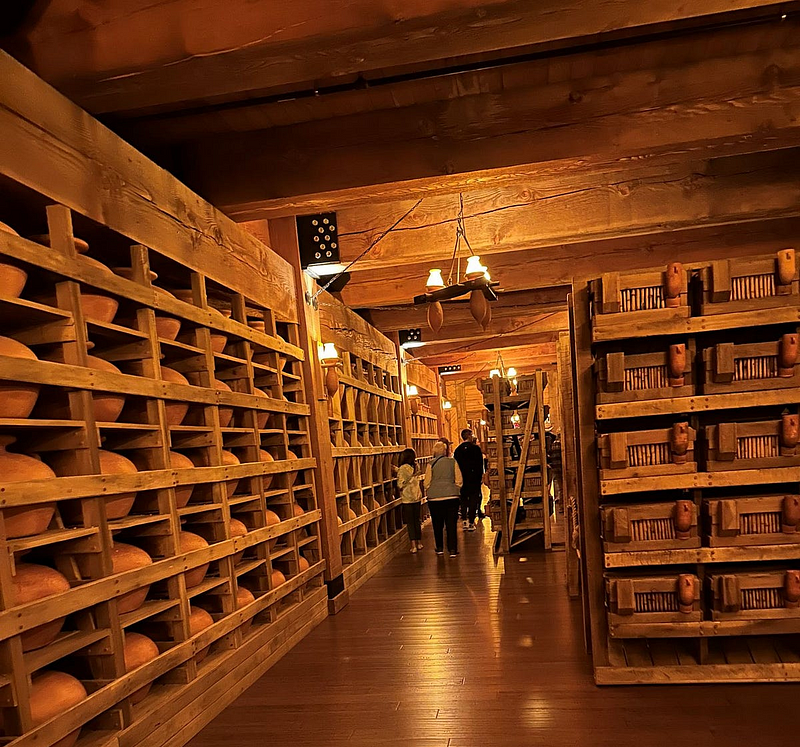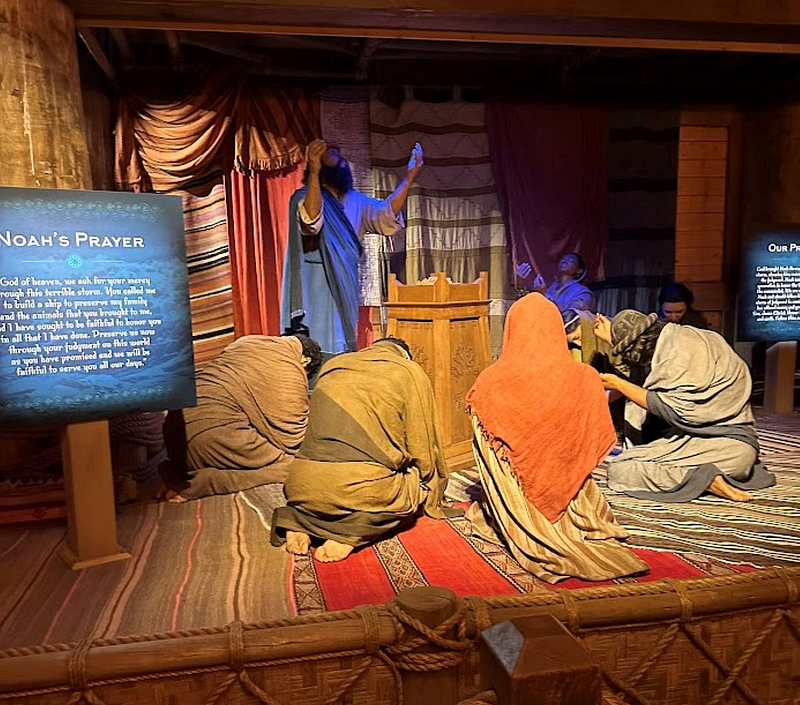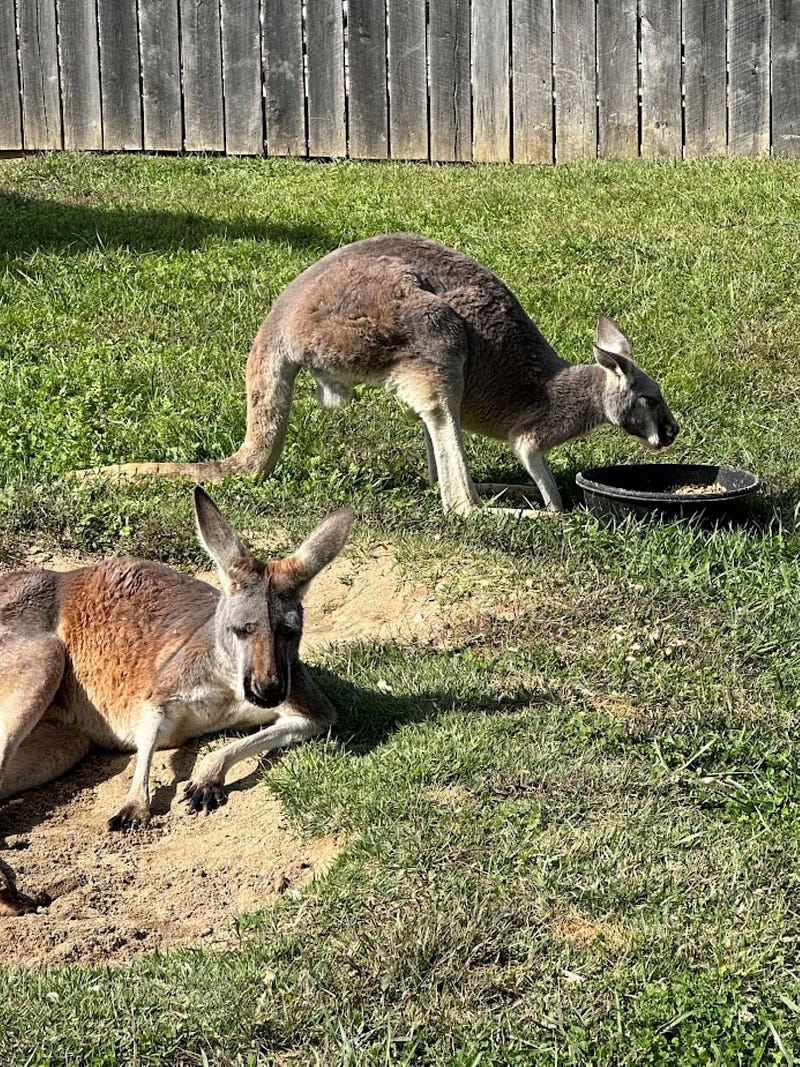Exploring the Ark Encounter: Faith Meets Science in Kentucky
Written on
Chapter 1: Anticipating the Ark
When Randy and I decided to visit the Ark Encounter in Williamstown, Kentucky, I had mixed expectations. I assumed we would encounter a diverse range of animals, as the story suggests they boarded in pairs. I envisioned displays, sculptures, and possibly even a few stuffed animals. The large sign at the entrance hinted at this idea, although I was realistic enough to know that the giraffes wouldn't be adorned with jewelry or wearing headphones.
As we arrived, I was taken aback by the sheer scale of everything—from the expansive parking lot to the bus loading area and the surrounding greenery. Everything felt monumental. In the distance, the Ark came into view, larger than I had imagined, and it dawned on me just how substantial Noah's undertaking truly was.

Standing under the Ark's bow, we were dwarfed by its size. The outer deck was spacious enough for large trucks, and I later learned that the interior could accommodate around 450 semi-truck trailers.

Educational panels detailed the historical context of the time and explained the Ark's self-sustaining features. I was surprised to see shelves stocked with supplies and food, which deepened my appreciation for the colossal project. While I still had questions about the specifics of the Ark's story, I admired how the builders merged scientific principles with faith to illustrate how such events could have occurred.

One exhibit illustrated how crops could have been cultivated to meet the needs of both humans and animals. Another showed the breeding of insects necessary for plant pollination and bird sustenance. Although I remained skeptical about the finer details of this Biblical narrative, I appreciated the scientific explanations that addressed the hows and whys.

The live animal exhibits caught me by surprise. In hindsight, I realized it was naive to think that the same species we see today would have been aboard the Ark. Scientists utilized methods similar to those used in reconstructing dinosaurs to create the animals depicted on the Ark. Some resembled prehistoric creatures, while others had modern-day mammalian traits, allowing a glimpse into evolutionary processes and adding authenticity to the museum experience.

Throughout the museum, audio recordings narrated events as described in the Bible. Each floor featured videos with characters reenacting significant moments. In one instance, a reporter interviewed Noah, probing his faith and experiences, providing a fascinating perspective. The figures in the dioramas mirrored those in the videos, guiding us through Noah's journey from planning to construction and ultimately, to sailing.

Visitors should allocate a few hours for this attraction. We spent over two hours exploring the displays, but those wanting to delve into the historical context might require additional time. It felt like the builders were primarily targeting an audience of believers, expecting them to be Christians or at least open-minded. Nevertheless, regardless of one's beliefs, the exhibits anticipated and addressed various questions across multiple rooms.

Adjacent to the Ark, a petting zoo provided opportunities to interact with live animals, alongside food stalls and recreational areas, including rides and a zipline.
As we departed, I turned around to capture a full view of the Ark—a stunning reproduction. For anyone considering a visit, I recommend checking out the map of Williamstown, Kentucky.

Chapter 2: Videos to Enrich the Experience
One insightful video titled "How Did Noah Find All the Animals for the Ark?" delves into the logistics and theories surrounding this iconic story, offering viewers a broader understanding of the challenges faced.
Another engaging video, "Noah's Ark-God, Giraffes & Genocide," tackles complex themes related to the Ark narrative, providing a thought-provoking perspective that encourages reflection on historical and moral implications.